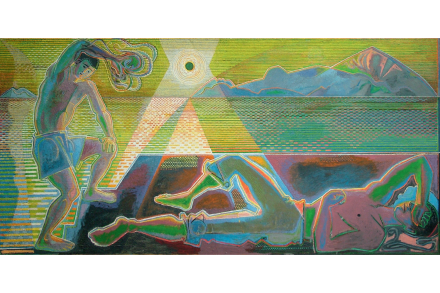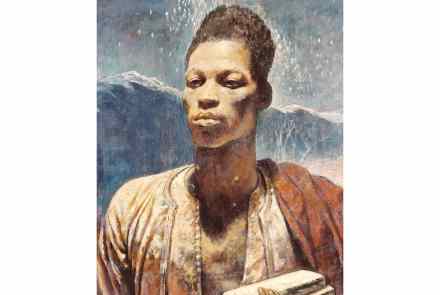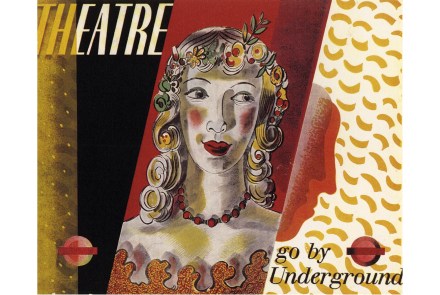Rich, beautiful and vital: John Craxton, at Pallant House Gallery, reviewed
The sensuality of the light in John Craxton’s painting ‘Two Figures and Setting Sun’ (1952-67) has to be seen to be believed. Viewing this large work in Pallant House, you feel its full force. Craxton was concerned with a scene’s essence, rather than simply its appearance and here he achieves not merely an effect but affect. In spite of most of the light being painted in yellows and oranges rather than white, the contrast and refraction of the rays produce a blinding sensation much like staring into the sun on a hot day. It was as a chorister at Chichester Cathedral that Craxton’s daily encounter with two 12th-century Romanesque





